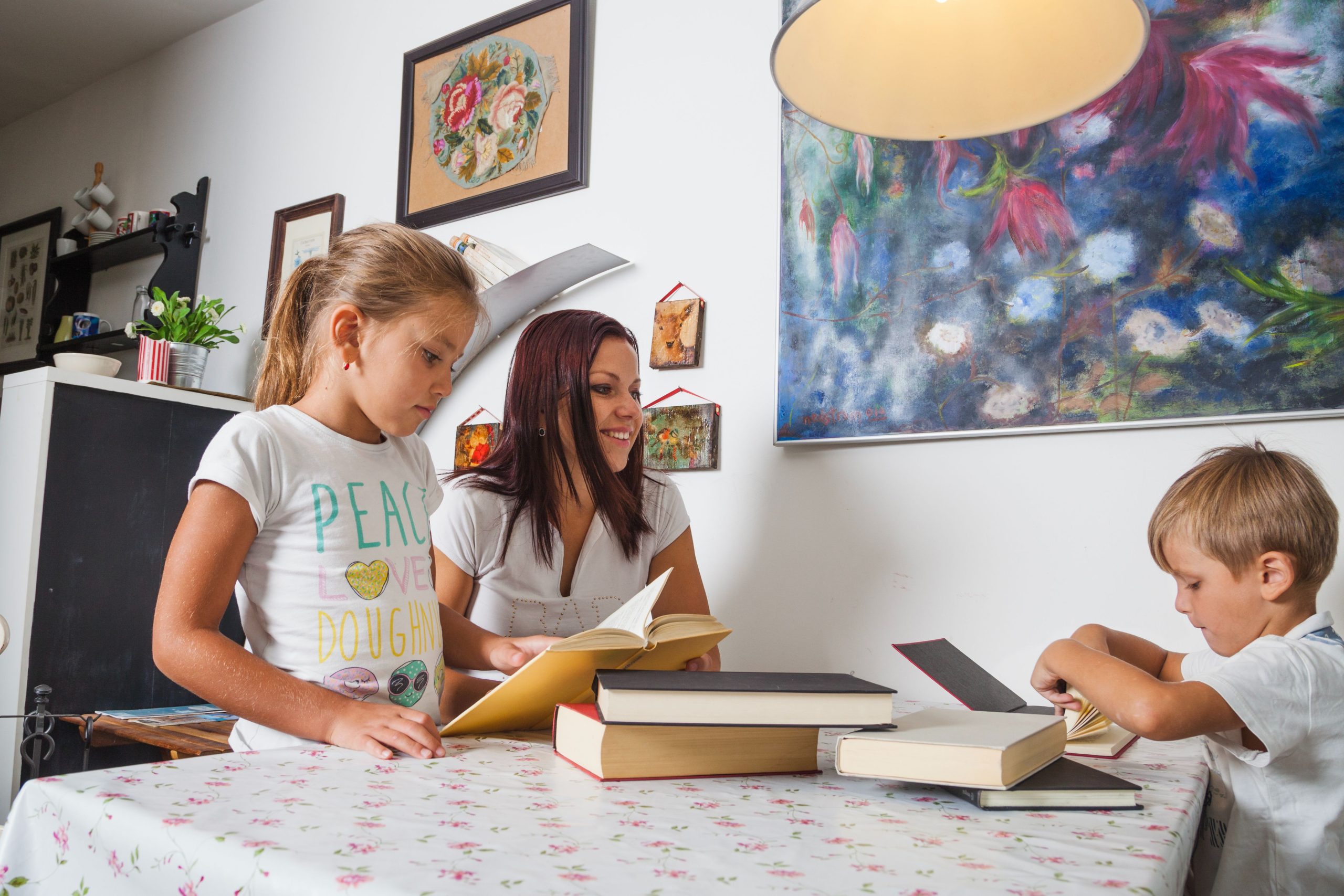
Engaging Preschoolers in Learning: Total Physical Response in Tutoring
As a tutor for preschoolers, capturing their attention and maintaining focus can be challenging. However, Total Physical Response (TPR) has emerged as an effective method for addressing this issue. TPR, a language teaching technique, employs physical movement to aid in vocabulary and grammar acquisition. In this article, we will explore the benefits of TPR for preschoolers and provide practical tips on its implementation in tutoring sessions.
The Benefits of Total Physical Response for Preschoolers
TPR engages multiple senses, including sight, sound, and touch, making it an effective method for preschoolers. Active participation enhances learning, and TPR offers a fun and interactive approach to grasp new concepts. Through physical movement, TPR helps preschoolers to:
- Develop Listening Skills: TPR requires careful listening and appropriate responses, fostering essential language learning skills.
- Improve Vocabulary: Associating words with actions aids vocabulary retention by providing visual and tactile connections.
- Develop Grammar Skills: Physical enactment of verb tenses and sentence structures enhances understanding and recall of grammar rules.
- Increase Confidence: Active participation in learning boosts confidence and self-esteem among preschoolers.
Using Total Physical Response in Tutoring Sessions
Now that we’ve outlined the benefits of TPR, let’s discuss practical tips for incorporating this method into tutoring sessions:
- Keep it Simple: Introduce new vocabulary and grammar structures with simple, easy-to-follow actions to minimize confusion and frustration.
- Use Repetition: Repeat vocabulary and grammar structures throughout the session to reinforce learning.
- Utilize Visual Aids: Enhance understanding by employing visual aids like flashcards or pictures to reinforce word-action associations.
- Make it Fun: Engage preschoolers with enjoyable TPR activities, incorporating songs, games, and interactive elements to sustain motivation.
- Be Patient: Allow preschoolers time to process and respond to instructions, maintaining a supportive and patient demeanor.
Real-Life Examples of Total Physical Response in Action
Here are some examples illustrating the application of TPR in tutoring sessions:
- Teaching Action Verbs: Prompt preschoolers to stand up and perform actions like jumping, clapping, or spinning, reinforcing verbs through physical movement.
- Learning Body Parts: Use visual aids to teach body parts, prompting preschoolers to point to different body parts as they are named.
- Practicing Conversation Skills: Role-play scenarios, such as ordering food at a restaurant, allowing preschoolers to act out dialogues with appropriate vocabulary and grammar.
- Learning Opposites: Use visual aids to demonstrate opposites, encouraging preschoolers to perform contrasting actions like standing up and sitting down.
- Understanding Prepositions: Employ TPR to teach prepositions by directing preschoolers to move objects in relation to various positions.
Through TPR, preschoolers engage in a dynamic and interactive learning experience, enhancing vocabulary and grammar acquisition while developing motor skills and coordination.
Conclusion
In conclusion, Total Physical Response is a highly effective teaching method for preschoolers, fostering engagement and active participation in learning. By incorporating TPR into tutoring sessions, tutors create an environment conducive to language skill development and confidence building. With patience, creativity, and consistent application, TPR can significantly impact preschoolers’ language acquisition and overall educational journey.
Utilizing TPR in tutoring sessions establishes a lively and effective learning atmosphere, setting preschoolers on a path towards linguistic proficiency and academic success.
How do you tutor little kids?: Total Physical Response:
The main article discusses Total Physical Response (TPR) as a method for tutoring preschoolers, emphasizing its benefits and practical implementation. It highlights TPR’s role in enhancing language acquisition and fostering confidence among preschoolers. The article provides tips for utilizing TPR in tutoring sessions and offers real-life examples to illustrate its application.
Sub-articles delve into specific scenarios and strategies for employing TPR effectively. They underscore the importance of simplicity, repetition, visual aids, fun, and patience in TPR-based tutoring sessions. Additionally, they emphasize the multifaceted benefits of TPR, including improved listening, vocabulary, grammar, confidence, and overall development.
In summary, the comprehensive exploration of TPR in tutoring preschoolers underscores its efficacy in creating engaging and effective learning experiences, ultimately contributing to preschoolers’ linguistic and personal growth.


